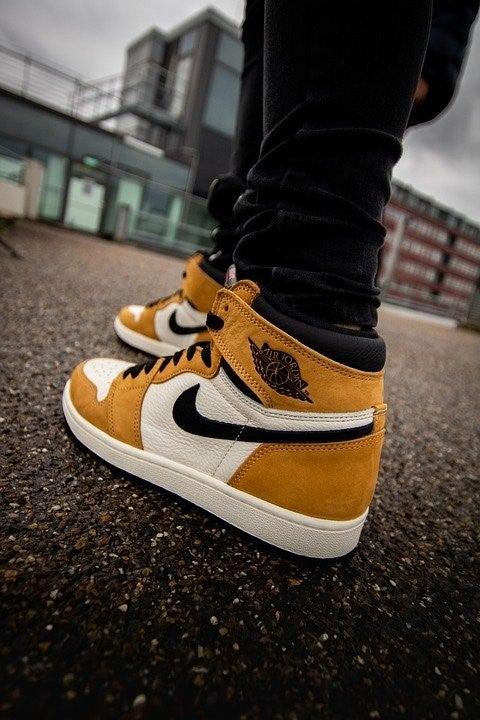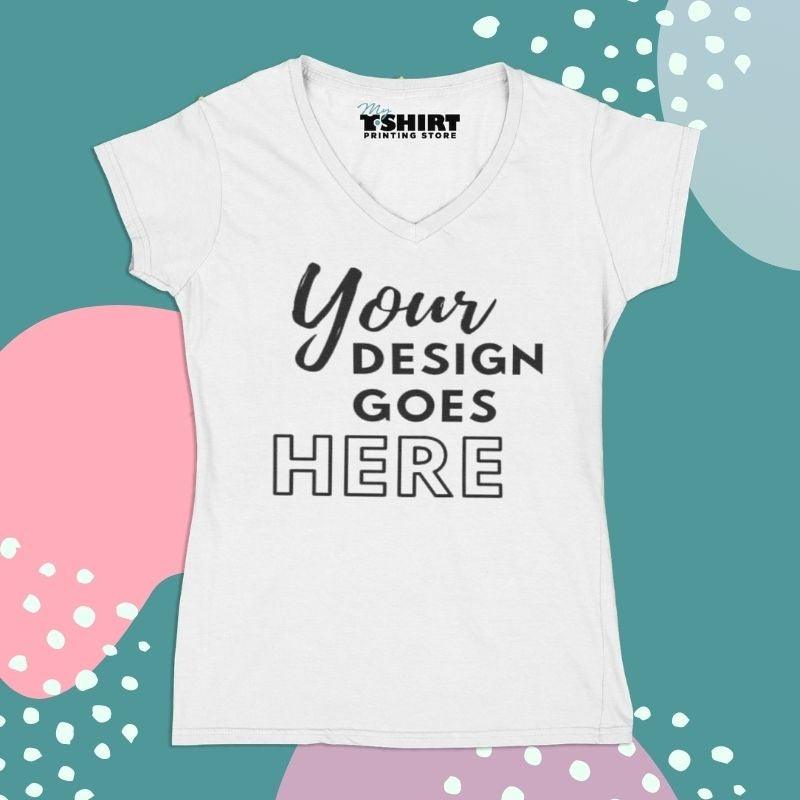For a lot of us, our favorite t-shirts are a way to express who we are. (And for others, they’re free advertising!) But how to design a t-shirt that ticks all the boxes? You’ll find out below.
Do you have an killer t-shirt idea and suspect others will feel the same way? Are you looking for an alternative means of promoting your business, or making some side income with merch? Do you want to commemorate a special event, like a family reunion or bachelorette party?
In this Ultimate Guide to T-Shirt Design, we’ll run through the each step of the design process, from the inception of an idea to getting your shirt mass-produced. No matter how much (or how little) experience you have, these t-shirt design tips will give you everything you need to know. BROWSE ALL COLLECTIONS
How to design a t-shirt in these steps
1. Figure out why you need a shirt
No matter your reason for designing a t-shirt, it’ll always involve a little bit of branding. If you’re using t-shirts for promotional purposes, branding is your main goal. Even if it’s strictly fashion, you’ll still need to weave consistent brand themes into all your products. For personal use—like commemorating an event, for example—you want to make sure your t-shirt design communicates clearly.
If you haven’t already, write out a list of the key themes, styles, and personality traits you want your brand and shirts to convey. Is your brand playful or serious? Edgy or conservative? Luxurious or affordable? A focused t-shirt design can answer all of these questions at ill currency.
Promotional gifts
Your t-shirts are something you give away for free to keep your brand in the minds of prospective clients/customers.
This could be something given away at conventions, conferences, other promotional events or even a leave-behind at a business meeting.
Internal company usage
Employees get shirts for solidarity, appreciation or perhaps even a company uniform.
The goals are similar to promotional gifts because there’s a strong need for branding. MYSTERY BOX
Merchandise
Your t-shirts are a product you plan on selling, so make sure to factor in style, marketability and business strategy.
You’ll need to understand your shirt’s place in the market, so consider conducting research to discover the tastes of your customers. Your own personal tastes are a good start, but when it comes down to selling to the masses, quantifiable data always beats guesswork.
Event souvenirs
Special events need special souvenirs, and t-shirts are always a great option.
These share many of the same goals as shirts for internal company usage (solidarity, appreciation) but for a more casual, less restrictive audience.
Regardless of their use, most t-shirts are promotional in some way. Even if you’re designing t-shirts as merchandise, include your brand logo so observers know who made the shirt if they want something similar. It should have a strong, even dominant, presence on the shirt.
Apply the same design quality and cleverness as you would a billboard advertisement. More than just clothes, t-shirts provide exposure every time a person wears them in public, especially if the owner likes the shirt and wears it often.
Once you’ve determined your goals, you can then prioritize the different aspects of your t-shirt design. For example, fashion might be a high priority for merchandise tees, but not for employee gifts. You want to tailor your design in a way that best suits your needs.
2. Define your budget and quantity
You’re anxious to get to the actual t-shirt designing. We get it. But let’s settle some details first so you can focus your design better: namely, your budget and quantity. How much you can spend and how many t-shirts you need will impact your design.
For example, budget and quantity will help determine how many colors you can use. Depending on your printing method, additional colors may cost more money. If your budget is tight, a good way to save is conserving colors.
The number of shirts you need will also influence your printing method. Some methods are ideal for printing in bulk. Others have a higher cost per shirt and are better for small orders.
Before you begin to think about designing or printing, plan your budget and quantity accordingly.
3. Know your printing options
There are a lot of things to consider when you’re looking for the best t-shirt printing method for you. Cost, appearance, production time, materials—they’re all important. The more you know about each method, the easier it will be to decide which one is best for you.
Screen printing
This is the gold standard for t-shirt printing. Your printer makes original screens of your design (one for each color) so you can print in bulk.
Vinyl graphics
Another method of heated transfer, vinyl printing uses more durable vinyl instead of just ink.
Direct-to-garment (or print-on-demand)
A newer option, DTG printing uses the freedom of inkjet printing, but prints directly on fabric.
4. Brainstorm your design concept
Here comes the fun stuff… Now you get to start figuring out what’s actually going on your t-shirt! Make sure you don’t jump to this step first. The more time and effort you put into preparing for this, the better.
Your design could go in a million different directions. As you’re brainstorming, here are some tips to help focus your creativity.
T-shirt types
All this talk about t-shirts, and it’s easy to forget that there are lots of different types of shirts. Just to name a few…
Style and imagery
At this stage, you have to rely on your creative and artistic instincts to communicate the messages you want to say.
Put all of that together, and you’re ready to start designing a t-shirt that’s perfect for you.
T-shirt typography
The fonts you choose say a lot about your brand. Serif fonts (the ones with little arms) or script fonts look more classic. Sans-serif fonts make it more modern. T-shirts offer more of an opportunity than other areas of graphic design to play with fun, crazy display fonts, but do keep readability in mind. If the words on your shirt are important to communicating your message, make sure they don’t get overshadowed by swirly, grungy, loopy typography.


















